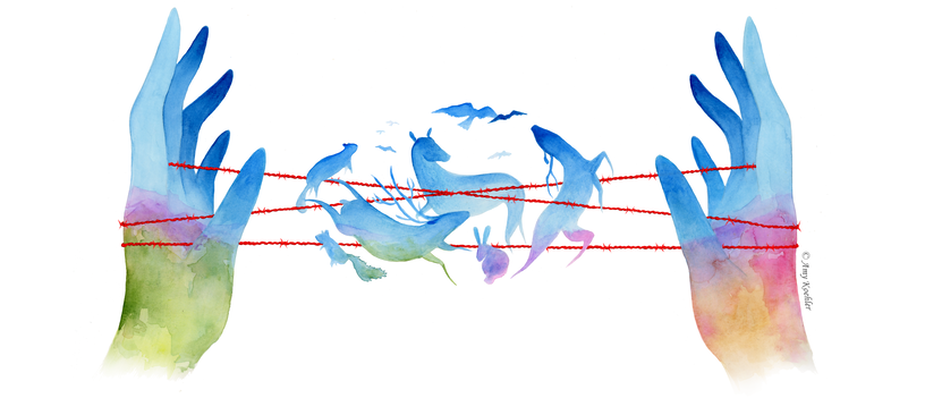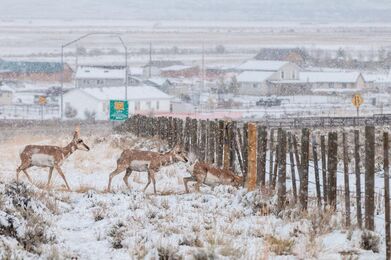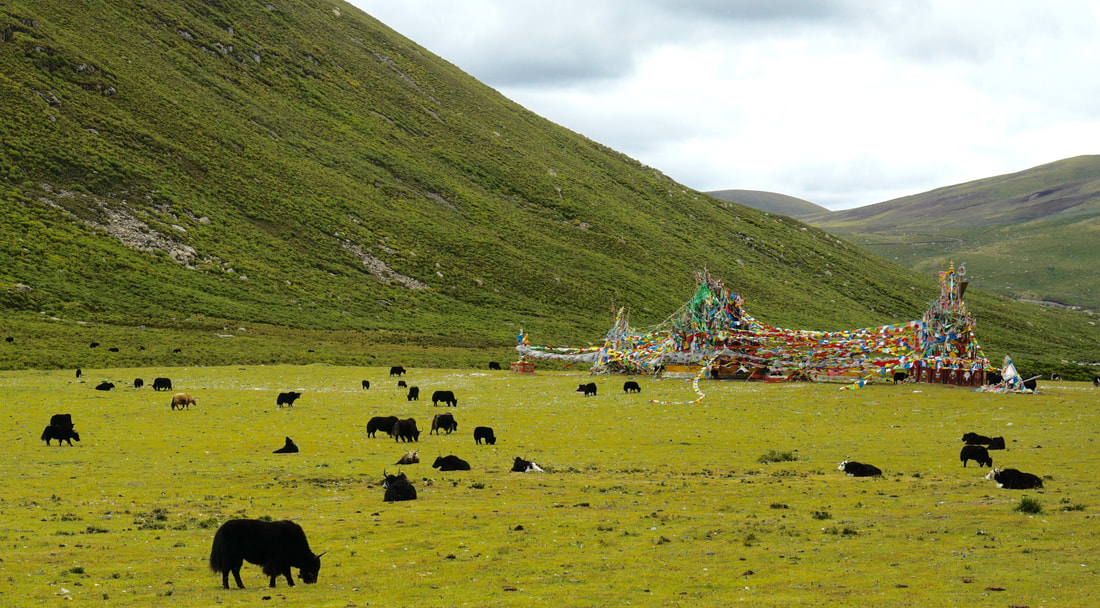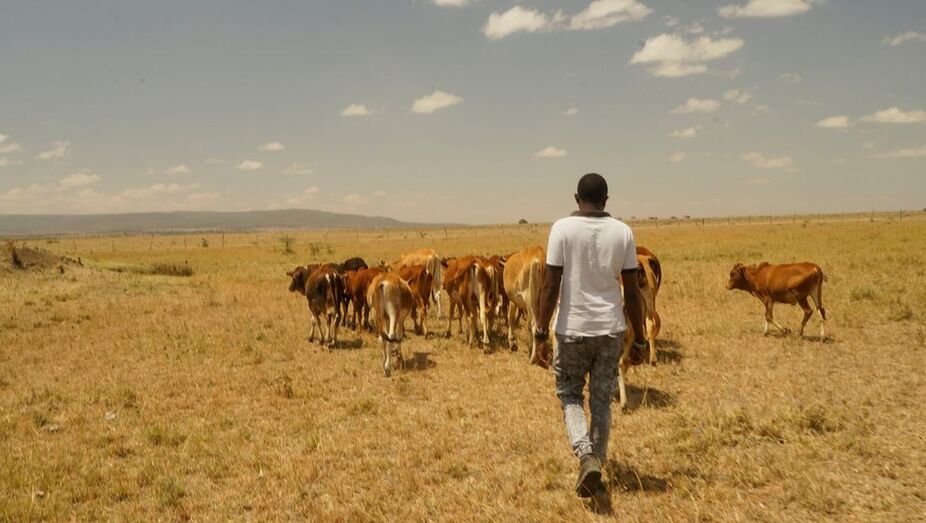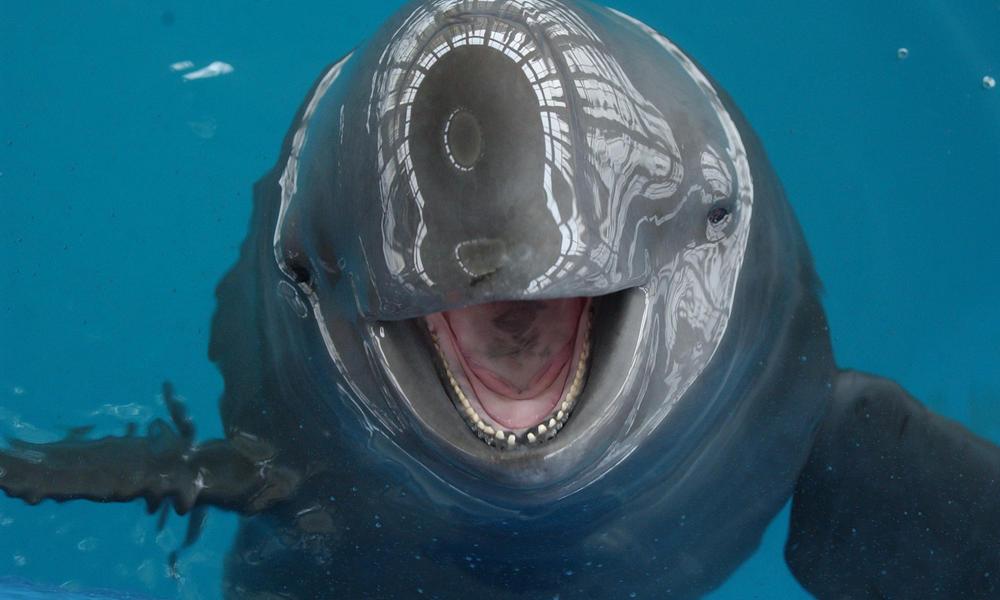Animal movement is an integral part of the fabric of life on Earth, affecting ecological processes in every system. However, mobilities of animals and their associated ecosystem functions are declining at an larming rate. I am interested in all aspects of movement of life, from their patterns and drivers to consequences and conservation. Spanning the Asian highlands and the American West, I am particularly interested in the complex social-ecological landscapes mobile wildlife share with human communities. Using interdisciplinary perspectives and methodologies integrating movement ecology, community ecology, land use science, and political ecology, I hope to contribute to a more connected world for both humans and nature.
Ungulate movement in a changing world
|
Movement is a fundamental way through which individual animals respond to and interact with their external environments. Understanding whether, when, where, and how animals move does not only enrich our knowledge on ecology of the target species, but also shed light on mechanisms of how various ecological processes connect across scales. Using satellite remote sensing and animal tracking technologies, my research measures the spatio-temporal responses of migratory animals to environmental change, informing actionable and timely conservation solutions.
|
Relevant publications:
(see Publications page for complete citations & links)
(see Publications page for complete citations & links)
- Xu, W., et al. (2023) Fencing amplifies individual differences in movement with implications on survival for two migratory ungulates. J. of Animal Ecology.
- Xu, W., et al. (2021). Barrier Behavior Analysis (BaBA) reveals extensive effects of fencing on wide-ranging animals. Journal of Applied Ecology.
- Xu, W., et al (2021). Migratory Plasticity of Ungulate in a Changing World. Ecology.
- Barker, K.J., Xu, W., et al (2021). Can lost migrations be restored? Evaluating re-establishment of long-distance movements. Conservation Letters.
- Xu, W., et al (2019). Railway Underpass Location Affects Migration Distance in Tibetan Antelope (Pantholops hodgsonii). PLoS ONE
Learn more:
|
Draper Natural History Museum lunchtime expedition talk
The Wires that Shape the World: Fence Ecology and Conservation |
Ecological interactions in working landscapes
Working lands, such as rangelands, support both biodiversity and human livelihoods and play an essential role alongside protected areas (PAs) to combat today’s biodiversity crisis. Understanding ecological interactions (i.e. competition, herbivory, and parasitism) within working lands is key to addressing potential conflicts between biodiversity and sustainability. My research investigates how land use and management affect ecological interactions in working landscapes.
Relevant publications:
- Xu, W. and Butt, B. (in prep). Rethinking the wildlife-livestock relationship at a protected area boundary.
- Xu, W. and Huntsinger, L. (2022). Minding the boundary: social-ecological contexts for fence ecology and management. Frontiers in Ecology and the Environment.
- McInturff, A., Xu, W., et al. (2020). Toward a fence ecology: Frameworks and approaches for assessing the global ecological effects of fences. BioScience.
- ... MORE TO COME...
Data-enabled conservation and sustainability assessment
We have entered an era of unprecedented global commitment and investment in conservation, as marked by the United Nations Convention on Biological Diversity post-2020 biodiversity conservation framework. My work develops data analytics and leverages diverse data types to assess biodiversity and sustainability outcomes that inform policy and management from global to local scales.
Relevant publications:
(see Publications page for complete citations & links)
(see Publications page for complete citations & links)
- Han, Y., Xu, W., et al. (2023) Sand mining threatens a critically endangered freshwater cetacean.
- Giglioti, L., Xu, W., et al. (2022). Wildlife migrations highlight importance of working lands in the Greater Yellowtone Ecosystem.
- Parker-Shames, P., Xu, W., Rich, L., Brashares, J.S. (2020). Coexisting with cannabis: wildlife response to marijuana cultivation.
- Xu, W., et al. (in review) Den-site selection of Florida panthers in a fire prone landscape.
